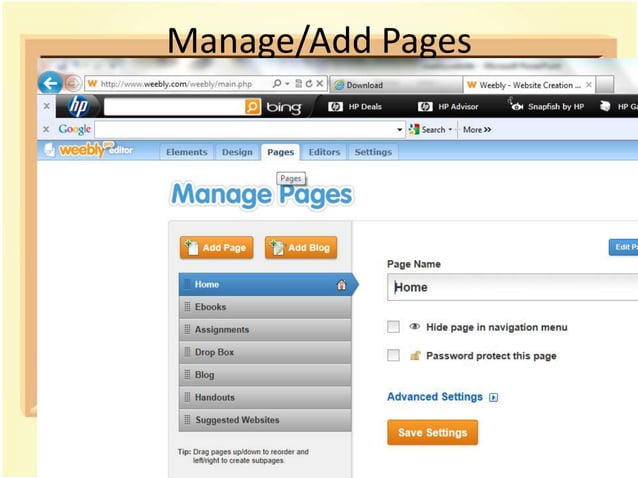The Modern CV: A Journey from Traditional to Dynamic Personal Branding
페이지 정보
작성자 Armando 작성일 25-09-13 20:14 조회 2 댓글 0본문

The CV standards of 2020 were rooted in convention—clean typography, neutral spacing, and a linear structure prioritizing chronological employment and academic records
Employers expected a formal tone, minimal color, and a clear separation of sections such as experience, skills, and contact details
The goal was to be safe, readable, and professional above all else
Design elements were limited to subtle borders or horizontal lines to separate sections, and many candidates still submitted CVs as plain PDFs to avoid formatting issues
The CV landscape changed dramatically in 2022, as candidates moved beyond templates to infuse personality into their resumes
Color was no longer taboo; instead, strategic pops of tone were used to guide the eye toward critical information
Visual icons and micro-infographics gained traction, particularly in design, marketing, and media fields, replacing bullet points with intuitive symbols for skills such as leadership, data analysis, or digital tools
One page became the gold standard, but even within that limit, designers experimented with layout structures such as vertical timelines or modular blocks to guide the reader’s eye more naturally
The emergence of sophisticated ATS and algorithmic screening forced a new duality in CV design: aesthetic appeal had to coexist with machine-readability
The art of CV crafting became a tightrope walk: beautiful yet algorithm-friendly, expressive yet scannable
Instead of stuffing buzzwords in isolated sections, top applicants embedded keywords naturally within achievement statements and role descriptions
Fonts became more modern but still sans serif for clarity
Candidates reordered content to lead with impact: metrics, outcomes, and site (life-time.co.kr) innovations took precedence over duties and descriptions
A growing number of candidates embedded scannable links to dynamic content—portfolio sites, interactive resumes, or LinkedIn profiles—to extend their story beyond the page
The modern CV has become a multifaceted brand asset, designed to reflect individuality while commanding attention across platforms
Digital CVs now feature clickable elements—hover effects, animated charts, or embedded media—that transform static pages into immersive experiences
Rather than describing results, candidates now link to real-time performance metrics—showing, not telling, their value
Video resumes have gone mainstream, especially in client-facing, creative, and executive positions, where tone, presence, and communication style matter as much as credentials
Even traditional print CVs now often include a unique visual signature—such as a custom icon set or a minimalist color palette—that reflects the individual’s personality without sacrificing professionalism
The new benchmark: not what you accomplished, but how you approached challenges and articulated your impact
The evolution of CV design from 2020 to 2025 reflects a broader cultural shift
Employers now seek individuals who can stand out, adapt, and communicate clearly across platforms
The best CVs today are not just documents—they are thoughtful, intentional representations of a person’s professional identity, designed to engage both human readers and algorithms
- 이전글 Unbiased Report Exposes The Unanswered Questions on Lipitor
- 다음글 20 Resources That'll Make You More Effective At Windows And Doors
댓글목록 0
등록된 댓글이 없습니다.
